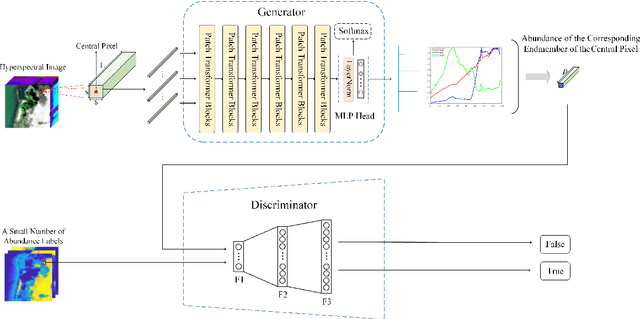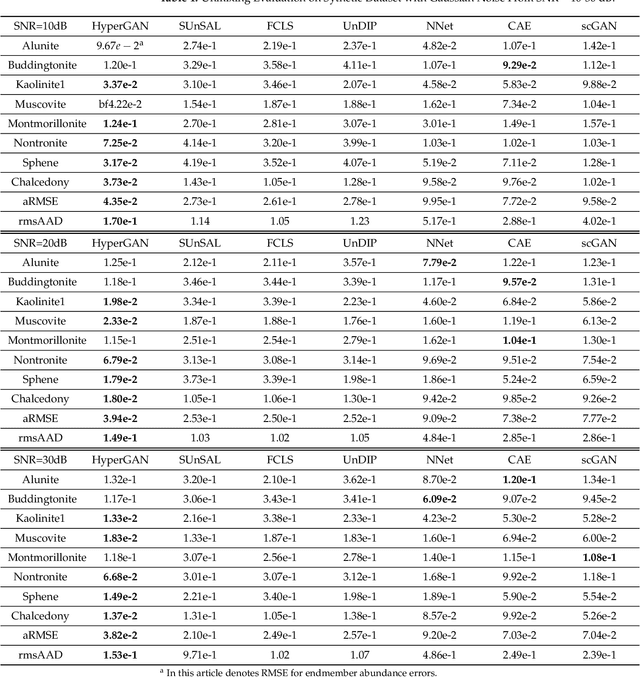Xianghai Cao
DEPF: A UAV Multispectral Object Detector with Dual-Domain Enhancement and Priority-Guided Mamba Fusion
Sep 09, 2025Abstract:Multispectral remote sensing object detection is one of the important application of unmanned aerial vehicle (UAV). However, it faces three challenges. Firstly, the low-light remote sensing images reduce the complementarity during multi-modality fusion. Secondly, the local small target modeling is interfered with redundant information in the fusion stage easily. Thirdly, due to the quadratic computational complexity, it is hard to apply the transformer-based methods on the UAV platform. To address these limitations, motivated by Mamba with linear complexity, a UAV multispectral object detector with dual-domain enhancement and priority-guided mamba fusion (DEPF) is proposed. Firstly, to enhance low-light remote sensing images, Dual-Domain Enhancement Module (DDE) is designed, which contains Cross-Scale Wavelet Mamba (CSWM) and Fourier Details Recovery block (FDR). CSWM applies cross-scale mamba scanning for the low-frequency components to enhance the global brightness of images, while FDR constructs spectrum recovery network to enhance the frequency spectra features for recovering the texture-details. Secondly, to enhance local target modeling and reduce the impact of redundant information during fusion, Priority-Guided Mamba Fusion Module (PGMF) is designed. PGMF introduces the concept of priority scanning, which starts from local targets features according to the priority scores obtained from modality difference. Experiments on DroneVehicle dataset and VEDAI dataset reports that, DEPF performs well on object detection, comparing with state-of-the-art methods. Our code is available in the supplementary material.
Pixel-to-Abundance Translation: Conditional Generative Adversarial Networks Based on Patch Transformer for Hyperspectral Unmixing
Dec 20, 2023



Abstract:Spectral unmixing is a significant challenge in hyperspectral image processing. Existing unmixing methods utilize prior knowledge about the abundance distribution to solve the regularization optimization problem, where the difficulty lies in choosing appropriate prior knowledge and solving the complex regularization optimization problem. To solve these problems, we propose a hyperspectral conditional generative adversarial network (HyperGAN) method as a generic unmixing framework, based on the following assumption: the unmixing process from pixel to abundance can be regarded as a transformation of two modalities with an internal specific relationship. The proposed HyperGAN is composed of a generator and discriminator, the former completes the modal conversion from mixed hyperspectral pixel patch to the abundance of corresponding endmember of the central pixel and the latter is used to distinguish whether the distribution and structure of generated abundance are the same as the true ones. We propose hyperspectral image (HSI) Patch Transformer as the main component of the generator, which utilize adaptive attention score to capture the internal pixels correlation of the HSI patch and leverage the spatial-spectral information in a fine-grained way to achieve optimization of the unmixing process. Experiments on synthetic data and real hyperspectral data achieve impressive results compared to state-of-the-art competitors.
 Add to Chrome
Add to Chrome Add to Firefox
Add to Firefox Add to Edge
Add to Edge